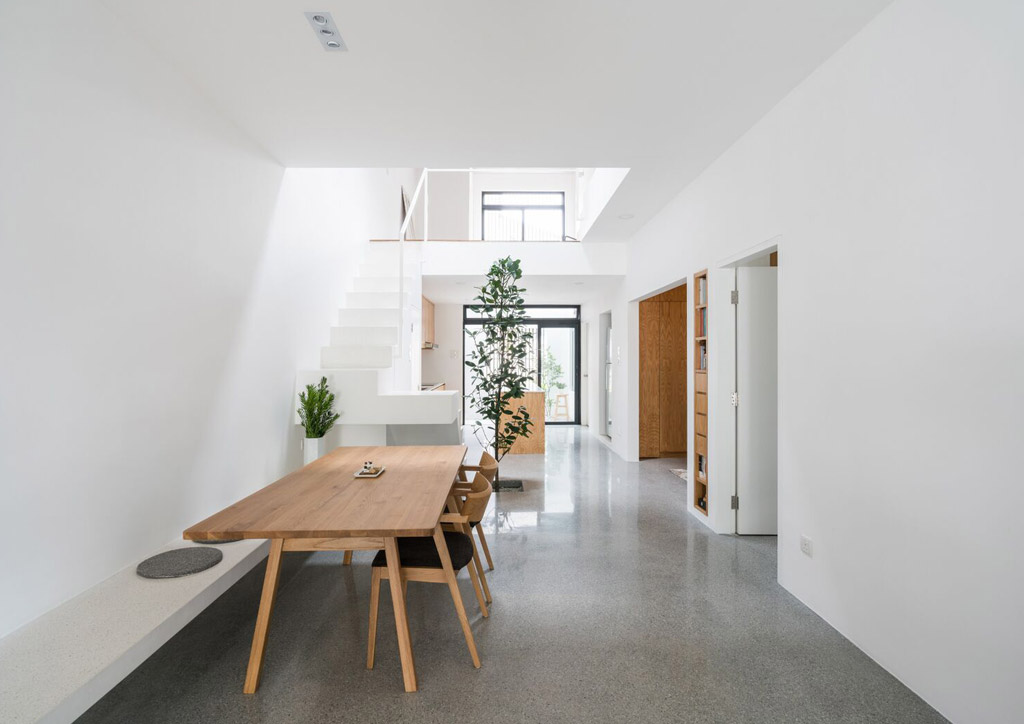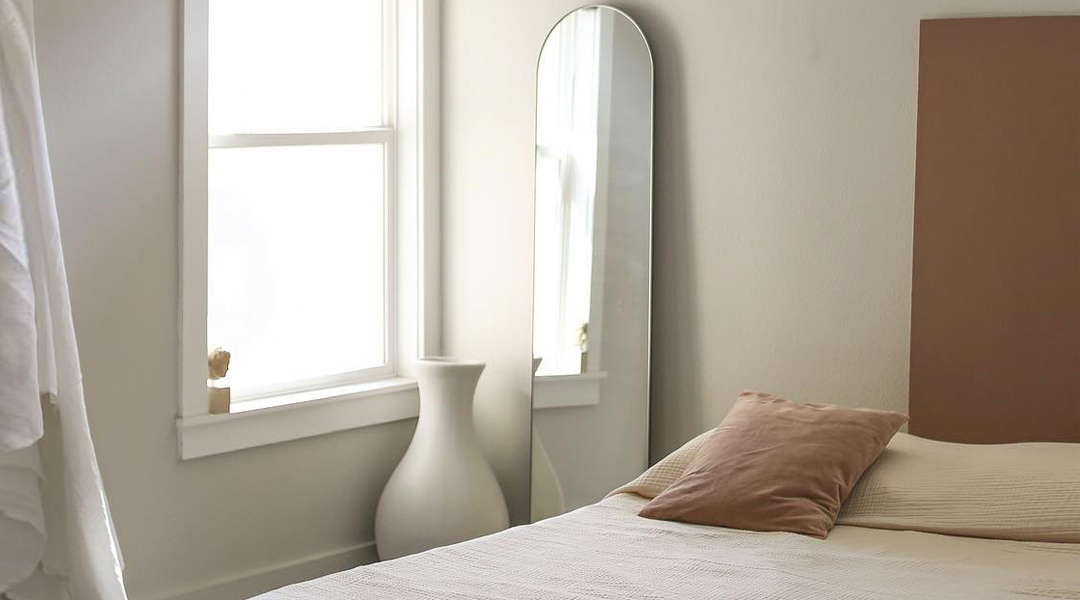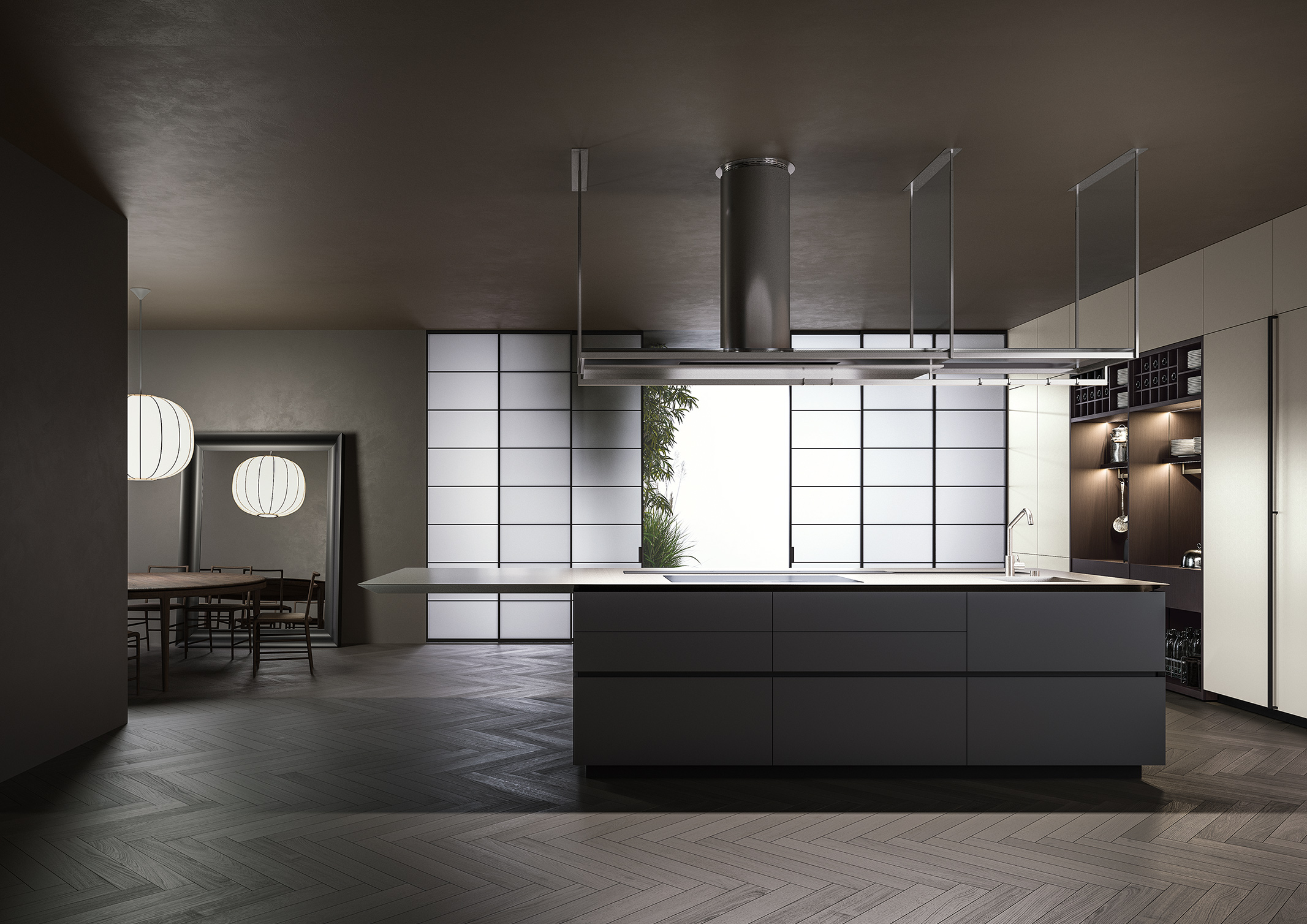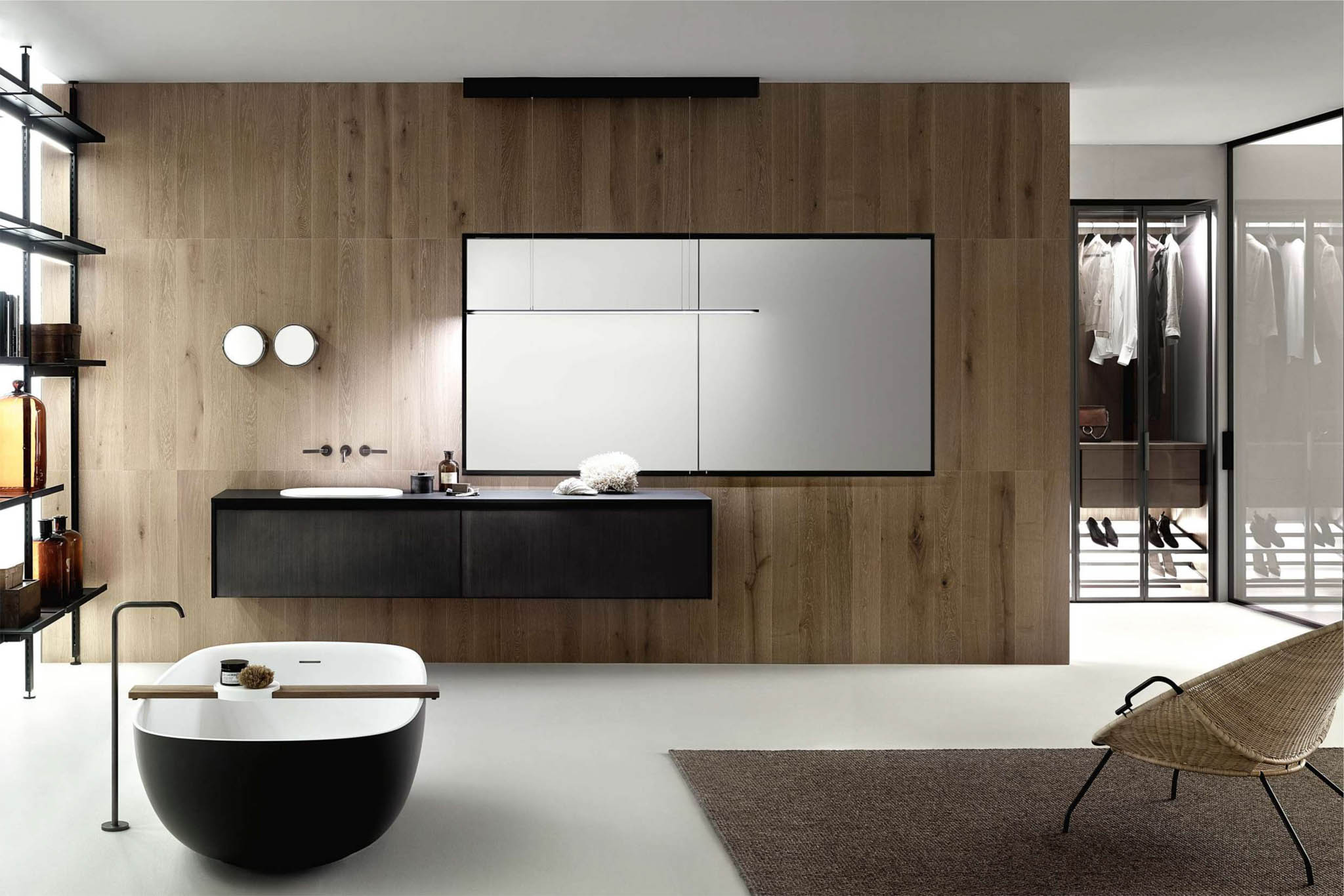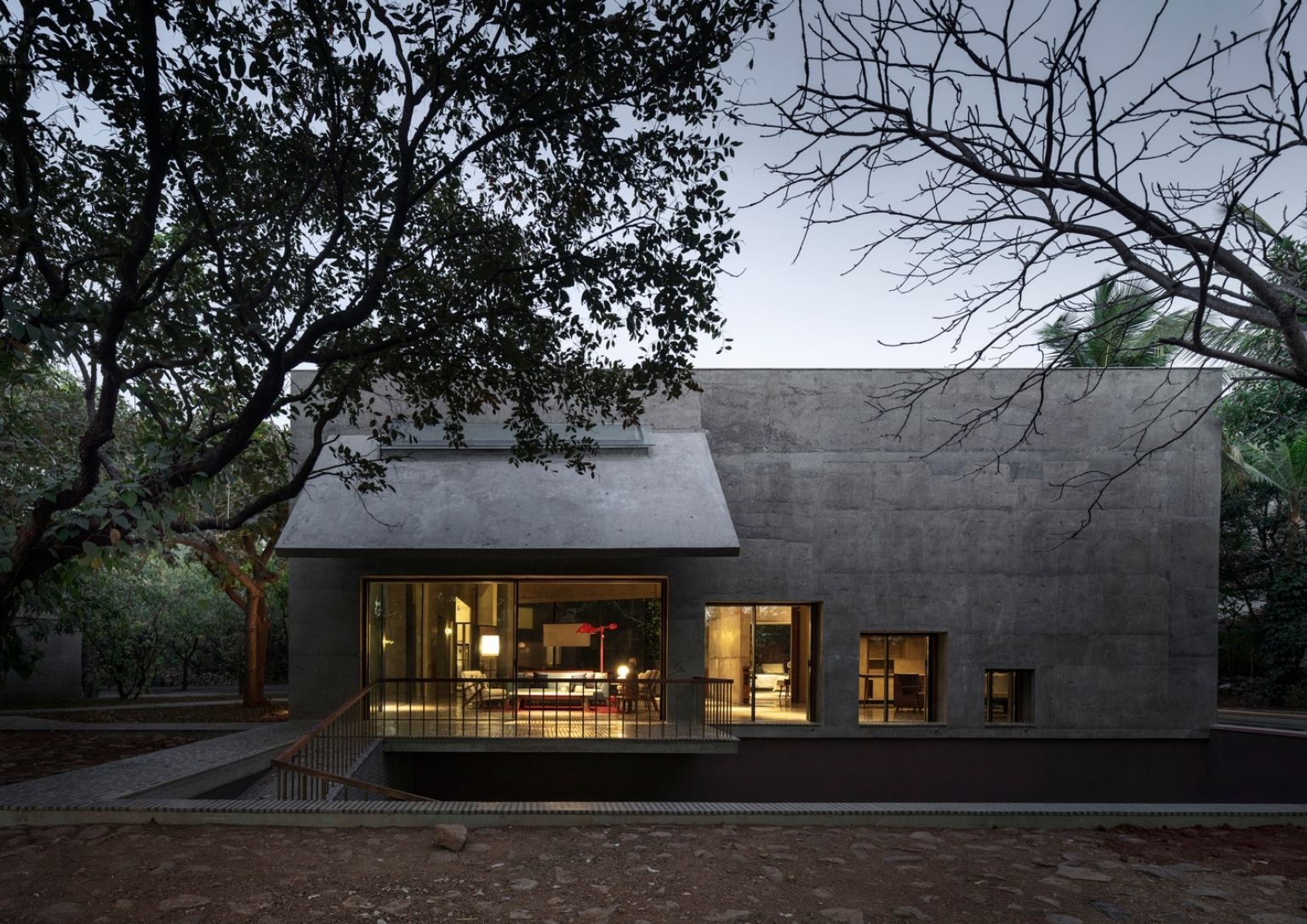
The Odd Origins of Contemporary Minimalist Architecture
Since its popular heyday in the middle of the 20th century, minimalist architecture has not receded one bit. Its aesthetic and visual cues still abound in society even as we move forward to newer trends and ideas.
Seen as a reaction to the continued abstraction and subjectivity of art and its related fields in the early 20th century, minimalism took aesthetic and ideological cues from Japanese and European architecture and created an ethos that communicated the most information or created the most use with the simplest elements available.
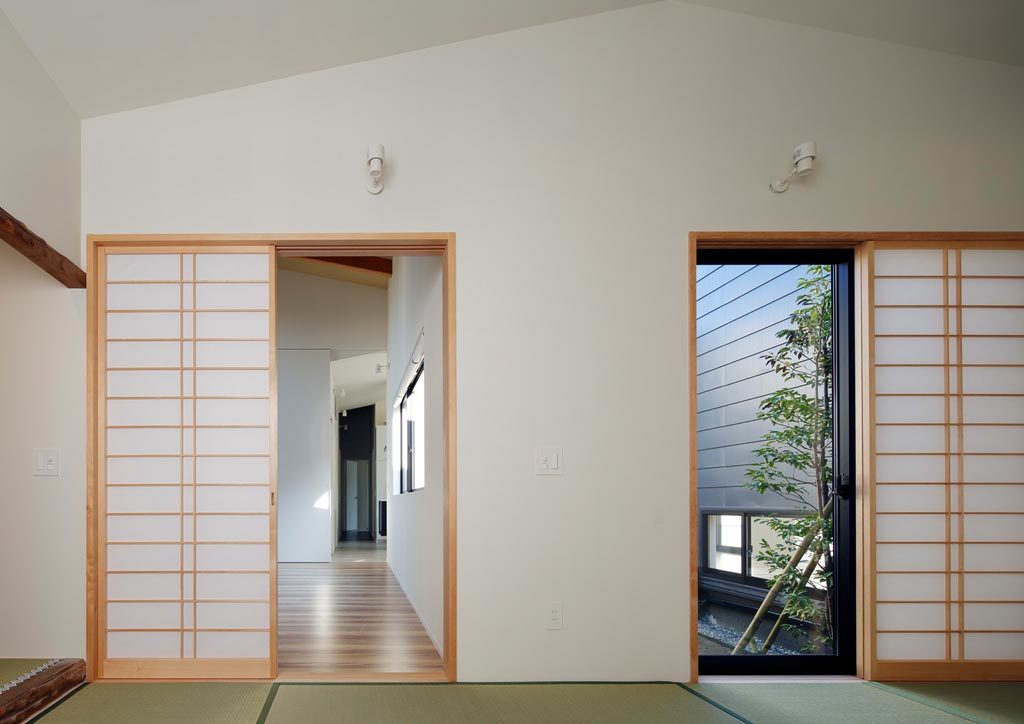
‘Less is More’ as a Standard
In the post-war era came more avant-garde, experimental, or just grand art movements. These movements were a way of escapism or as a way of addressing their problems at the time. Countries like Italy pivoted towards social realism (or neo-realism) that aimed to depict reality as it is. Americans gravitated toward abstract expressionism. Popular artists like Jackson Pollock and Mark Rothko expressed their artistry in ways that overcame easy meaning-making for its viewers.
Minimalism, alongside other movements such as postmodernism and deconstructivism, existed as a firebrand against both realism and abstract expressionism. While abstract expressionism resisted meaning in the first place, minimalists aimed to create it with the simplest tools or ideas.

The movement’s “less is more” ethos and the focus on simplicity of design is identifiable even today. Its use of sharp geometric shapes and a singular, solid color palette has influenced other styles and movements, like brutalism and futurism. It also continues to be popular in European countries, especially in Scandinavia, as a stylistic choice of many houses and communities there.
How do we use minimalism today? The supposed “echoes” of an aging movement still vibrate wildly and influence the way we do things even today.
Accessibile Minimalism
Minimalism as a concept can be seen as a rejection of extravagance, a stripping away of the unnecessary in favor of the basic. It’s not just a reaction to abstract expressionism; it’s a rebellion against decades of different decadent art forms like neoclassicism and its variant offshoots becoming popular in different countries.
Delving into minimalism, it was a utilitarian way of creating buildings in many different places. You can certainly see its influence in public housing or apartment blocks like the Japanese Danchi or Soviet khrushchevka. These approaches championed simplicity, clean lines, and a monochromatic color palette, favoring functionality and space over ornate detail and clutter.
By prioritizing these elements, minimalism becomes achievable for a wide range of budgets and lifestyles. It encourages the use of fewer but more versatile pieces of furniture and decor, which can be more cost-effective in the long run. Additionally, minimalist design often utilizes materials and colors that are readily available and timeless, ensuring that the style remains relevant and easy to maintain without the need for frequent updates or replacements. This focus on sustainability and practicality not only makes minimalism an attractive option for those seeking a stylish yet uncomplicated living environment but also ensures its accessibility to a broad audience, regardless of their financial means.
Minimalism as a Signifier of Wealth
Over the decades, however, the upper-class adopted minimalism as their own. In theory, the “less is more” ethos should be adoptable by middle-class individuals. However, the costs associated with creating a minimalist home can often exceed their financial reach. The expenses involved in decluttering, renovating, and purchasing specific minimalist-style furniture and decor can be substantial.
Additionally, the design and architecture often favored in minimalist homes can require an investment in high-quality materials and skilled craftsmanship, further escalating the costs. As a result, while the minimalist lifestyle might appear simple and cost-effective, the initial transition and setup can be financially challenging.
Perhaps ironically, minimalist architecture directly connects with wealth than most types of styles today. Television shows like Succession have popularized a kind of nouveau luxury centered around stripped-down or simple fashions.
The apartment buildings or homes adopt geometrical simplicity and cleanliness, with barebone rooms and a simple muted color palette. Audience members understand that this signifies their wealth today, the lack of opulence is a sense of extravagance itself.
Many wealthy individuals building their new homes still do opt for a sense of minimalism in their place, even as more colorful and baroque architecture styles go in vogue in the past and coming years. With these developments still ongoing, it’s likely that it will remain a shorthand for wealth for years to come.
Minimalism in Sustainable Architecture
An interesting fact about minimalist architecture is how it’s been influenced by traditional Japanese architecture’s focus on lines and shapes. Japanese architecture focuses on how the geometry works alongside the nature that exists outside. Beyond the minimalist design, there’s also a focus on a minimalist approach to resources as well.
Researchers Mohammad Arif Kamal and Osama Nasir from the Aligarh Muslim University in India discuss this in their paper “Minimalism in Architecture: A Basis for Resource Conservation and Sustainable Development.” The paper shows a need to be sustainable in constructing minimalist buildings, ensuring that it minimizes wasteful use of resources.
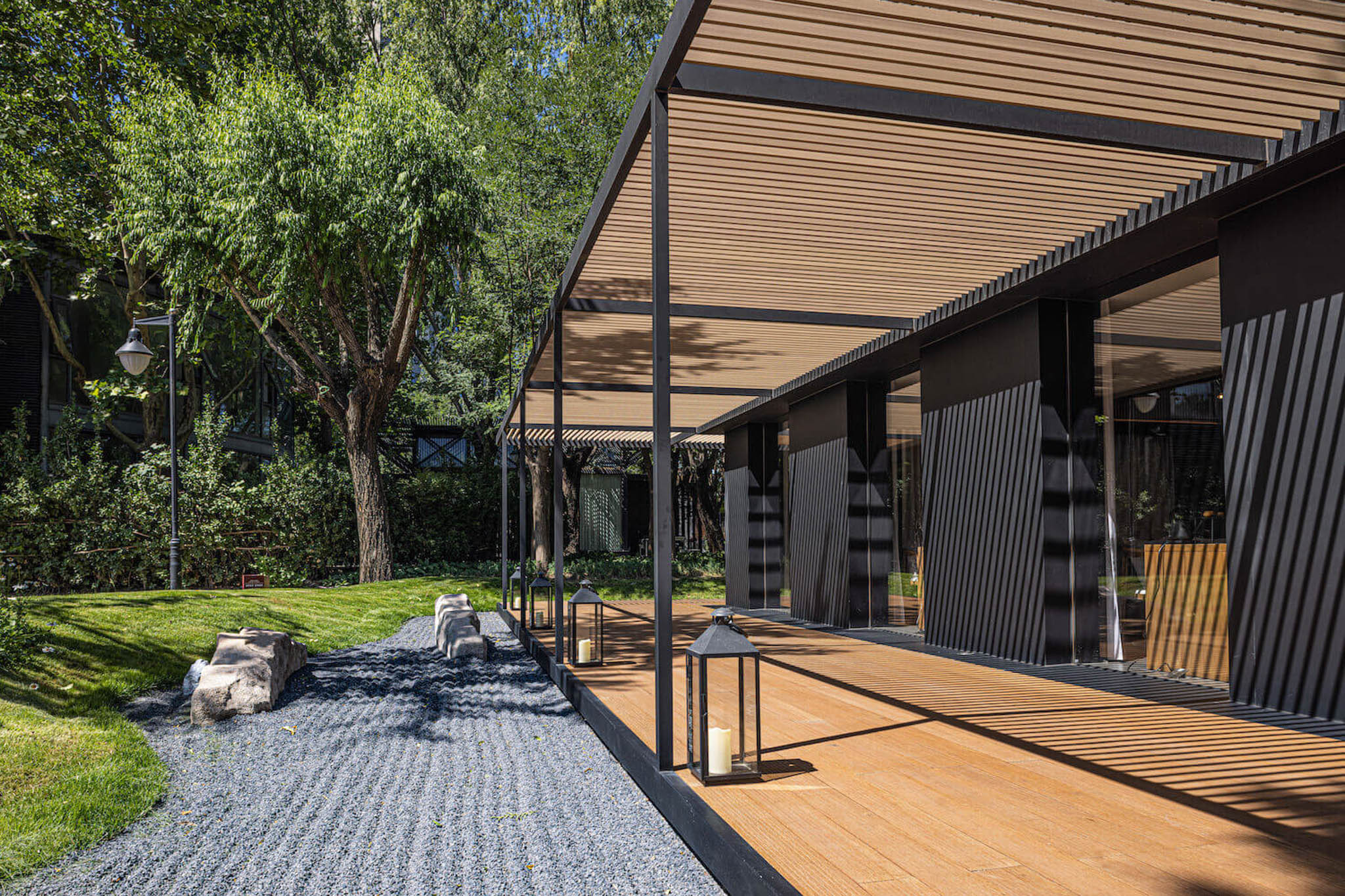
As society moves toward sustainable architecture, the tenets of minimalism apply strongly within its framework. Its neutrality of style and efficient use of resources ensures it’s in tune with the environment it’s in.
Minimalist Architecture in the Philippines Today
In a Philippine context, minimalism has not been as popular as its offshoot brutalism. Brutalism is a stylistic mode of architecture that’s focused on bare unfinished concrete—minimalism without the finish.
Popular during the Marcos era, many commercial buildings and offices used brutalist designs. The Cultural Center of the Philippines is one example, and many still litter Makati as a symbol of its previous dominance.
Today, you can find minimalism used more for houses than any commercial buildings in the country. BluPrint’s feature on minimalist Architect Jim Caumeron in last year’s Perspective, shows the style’s continued influence on wealthy corners of the country as an artistic note.
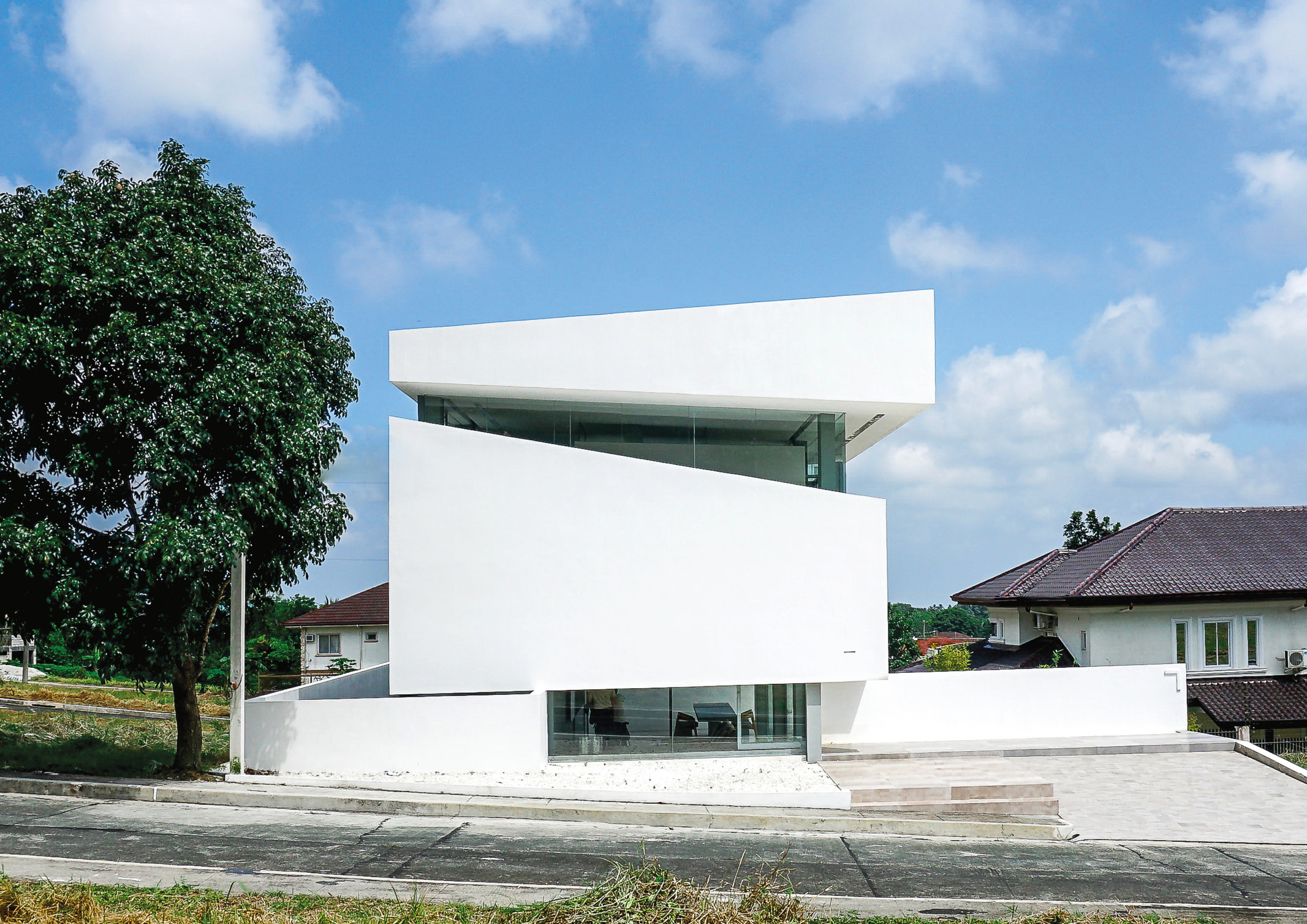
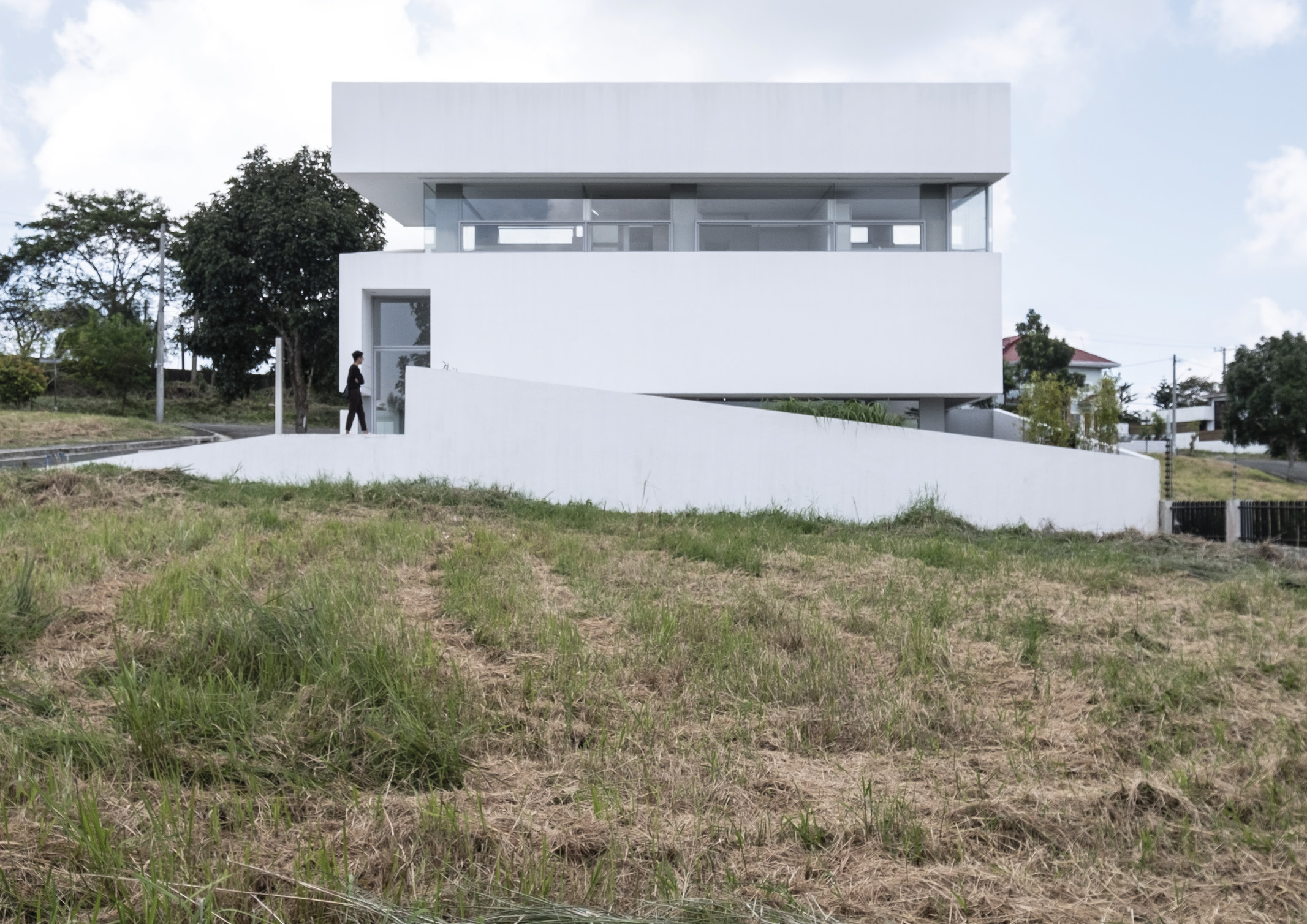
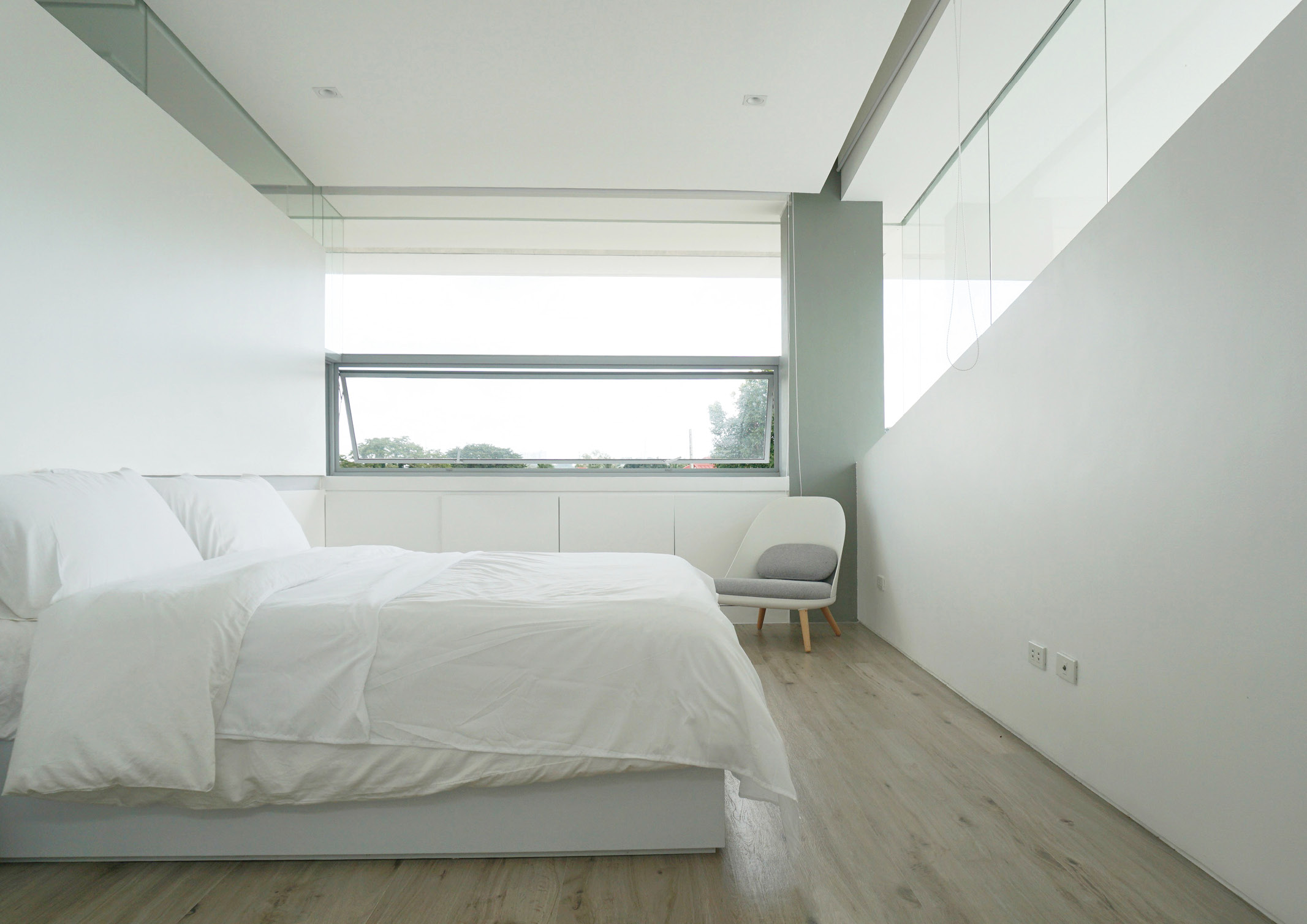
In our post-postmodern age, minimalism seems rote and perfunctory, an aspect of the past that’s been assimilated to newer movements. But with the challenges that we face, we can utilize its ethos to build towards a better, more sustainable future.
Related link: Make a Splash With Your Own Minimalism Strategy

